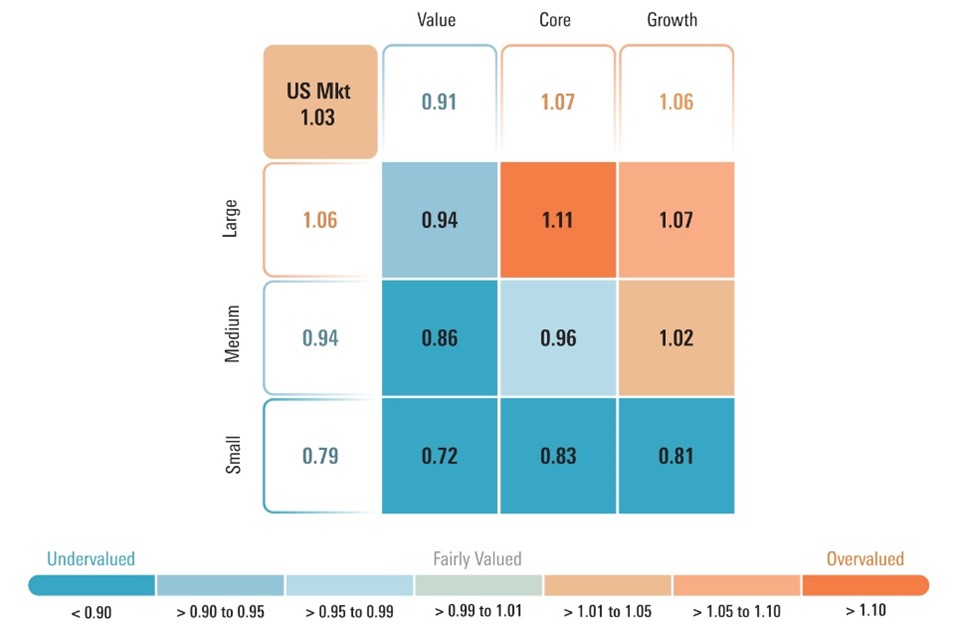20 Excellent Suggestions To Picking AI Stock Picker Platform Sites
20 Excellent Suggestions To Picking AI Stock Picker Platform Sites
Blog Article
Top 10 Ways To Evaluate The User Experience And Interface Of Ai Platforms For Trading Stocks
The User Interfaces (UI) and the user experiences of AI-powered stock trading platforms are essential to their usability, efficiency, overall satisfaction, and overall success. An undesigned user interface may hinder decisions, even when the AI models that underlie it are robust. Here are ten top suggestions to evaluate the user interface on these platforms.
1. The user-friendliness and the intuitiveness of the product are assessed
Navigation: Ensure that the platform is simple to navigate with clearly defined menus, buttons and workflows.
Learning curve: Assess the speed at which a novice user can comprehend and utilize the platform with no extensive training.
Consistency: Check the patterns of design across every platform for consistency (e.g., button colors and styles).
2. Make sure you check for customizability.
Dashboard customization - Check that dashboards can be customized by users with pertinent charts, metrics and information.
Layout flexibility: Ensure your platform permits you to rearrange widgets, tables and charts.
Themes: Check the dark or light mode or any other visual preferences.
3. Assess Data Visualization
Chart quality - Ensure that the website offers interactive charts with high resolution (e.g. candlestick charts and line charts) and includes panning, zooming, and other options.
Visual clarity - Check to see if data are clearly displayed using appropriate labels, legends, or tooltips.
Updates in real-time: Make sure that visualizations update in real-time to reflect market changes.
4. Check the responsiveness and speed.
When working with large databases and complex calculations the platform must be loaded quickly.
Real-time Performance: Find out if the platform has the ability to handle data feeds with no delays.
Cross-device Compatibility: Verify whether the application works with other gadgets (desktops or mobiles).
5. Assess Accessibility
Mobile app availability: Find out whether the platform has an app for mobile devices that has complete functionality to trade on the go.
Keyboard shortcuts - Ensure that the platform is equipped with keyboard shortcuts for advanced users.
Accessibility features. Verify the platform's compliance with accessibility standards.
6. Use the Examine Search and Filtering Function to examine your information.
Search efficiency: Ensure the platform allows users a quick search of stocks, indices or any other assets.
Advanced filters: See whether you can narrow your results by applying filters (e.g. sector markets capital, sector metrics).
Saved searches: Verify if the platform allows users to save frequently used searches or filters.
7. Check for alerts and notifications
Alerts that can be customized. Users should be able to set alarms based on certain conditions (e.g. price thresholds or spikes in volume).
Notification delivery: Verify that alerts are being delivered through multiple channels (e.g. SMS, email, notifications in-app).
Alerts are timely: Ensure that they are promptly and precisely sent.
8. Examine Integration with Other Tool
Broker integration: Make sure that your platform seamlessly integrates with your brokerage account to allow ease of execution of trades.
API access: Find out if the platform offers API access for advanced users to build custom workflows or tools.
Third-party interfaces: Check if the platform offers integrations with third-party tools (e.g. Excel or Google Sheets) and trading robots.
9. Review the Help and Support Features
Onboarding tutorials Check if new users can access tutorials.
Help center: Make sure the platform provides a comprehensive knowledge base or a help center.
Customer support: Check whether there is a quick customer service (e.g. chat on the internet, email or phone).
10. Test The Overall Satisfaction of Users
Feedback from the user Reviews and testimonials from research conducted to determine the general level of satisfaction with the UI/UX.
Trial time: You may make use of a demo or a no-cost trial period to test the platform and determine its usability.
Check for error handling.
Bonus Tips
Aesthetics. While function is a key factor, a visually pleasing design can greatly enhance the overall user experience.
Testing the performance of the platform under extreme stress to ensure that it remains flexible and stable in times of high volatility.
Go to the community or forums to find out if there's an active forum or user group that allows users to share tips and give feedback.
If you follow these guidelines You can easily evaluate the UI/UX of AI stock predicting/analyzing trading platforms, ensuring they are easy to use, efficient and compatible with your needs in trading. A great UI/UX is a powerful tool that can help you make more informed decisions and make better trades. Have a look at the most popular stock ai examples for more info including ai investment app, ai trade, market ai, ai investing, chart ai trading assistant, ai stock trading app, ai trading tools, ai for trading, ai for trading, ai for investment and more.
Top 10 Tips On Assessing The Maintenance And Updates Of Ai Stock Predicting/Analyzing Trading Platforms
The updates and maintenance of AI trading and stock prediction platforms are crucial to ensure that they remain effective, safe, and in alignment with the evolving market conditions. Here are the top 10 suggestions to assess their update and maintenance practices:
1. Updates frequency
You can check the frequency at which updates are made (e.g., every week, each month, or quarterly).
Why: Regular update indicates active development and responsiveness of market trends.
2. Transparency in Release Notes
Review the notes in the Release Notes of the platform to discover what improvements and modifications are being made.
Why: Transparent Release Notes show the platform’s commitment for continuous advancement.
3. AI Model Retraining Schedule
Tips: Find out how often the AI models are refreshed with fresh data.
Why: Because markets change constantly, it is important to update models in order to keep them accurate and relevant.
4. Bug fixes, Issue resolution
Tips Determine how fast a platform can address the bugs that users report or resolves technical issues.
Why: Bug fixes are made as soon as possible in order to make sure that the platform is stable and reliable.
5. Security Updates
Tip: Verify that the website is regularly changing its security procedures in order to secure the user's data and trade activity.
Cybersecurity is essential in the financial industry to avoid breaches and fraud.
6. Integration of New Features
TIP: Find out if there are any new features added by the platform (e.g. advanced analytics, data sources, etc.) in reaction to feedback from users or market trends.
What's the reason? Feature updates demonstrate innovation and responsiveness to user demands.
7. Backward Compatibility
Tip: Ensure the upgrades you install do not need major reconfigurations or interrupt the current functionality.
Why? The software's backward compatibility makes sure that the software can be used with ease.
8. Communication with Users During Maintenance
You can evaluate the communication of maintenance schedules or downtimes to users.
Why: Clear communication minimizes interruptions and increases confidence.
9. Performance Monitoring and Optimization
Tip: Verify that the platform constantly monitors the performance metrics like accuracy or latency and then improves their systems.
Why: Ongoing optimization of the platform ensures it remains functional and scalable.
10. Compliance with Regulatory Changes
Find out if the platform's policies and features have been updated to conform to the latest financial regulations or data privacy laws.
Why is it important to comply with regulations in order to minimize legal liabilities and to maintain confidence among users.
Bonus Tip User Feedback Incorporated
Find out if the platform integrates active feedback from its users when it comes to updates and maintenance processes. This indicates a focus on the customer to improving.
By evaluating these factors, you can make sure that the AI-powered stock prediction system and trading platforms that you choose are maintained, up-to-date and capable of adapting to changing market dynamics. Check out the most popular ai stock prediction recommendations for blog advice including chart analysis ai, chart analysis ai, best ai trading platform, best ai penny stocks, free ai stock picker, ai stock trader, best ai trading platform, how to use ai for copyright trading, ai stock prediction, ai options trading and more.